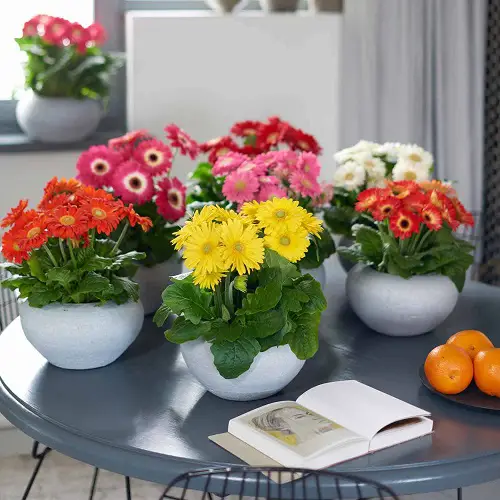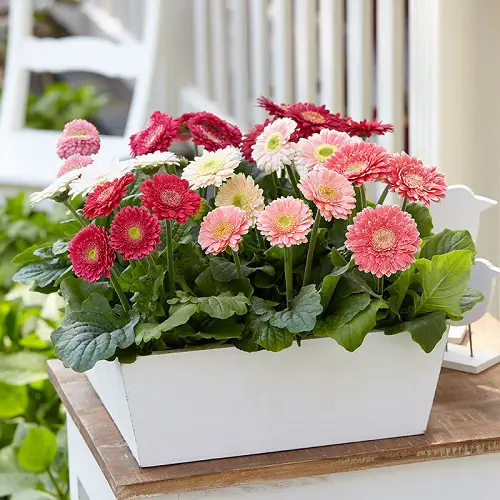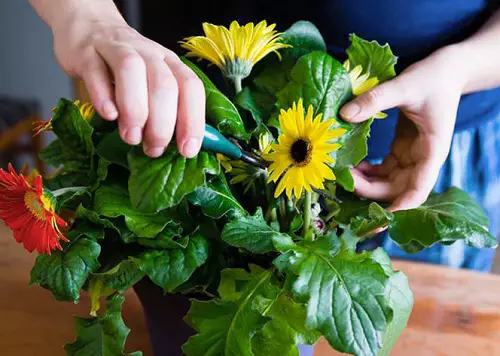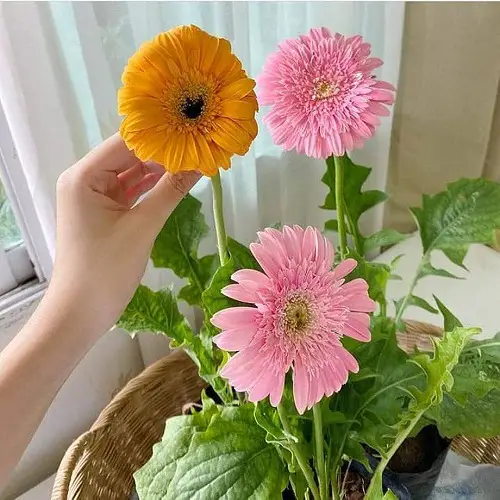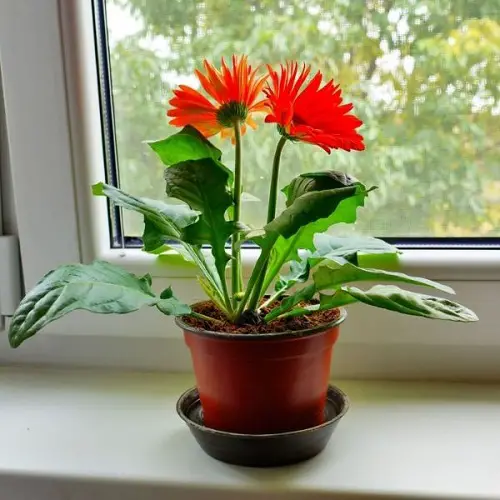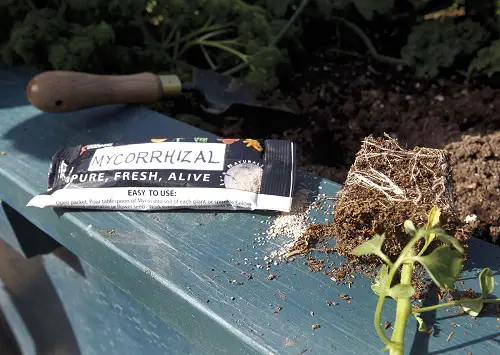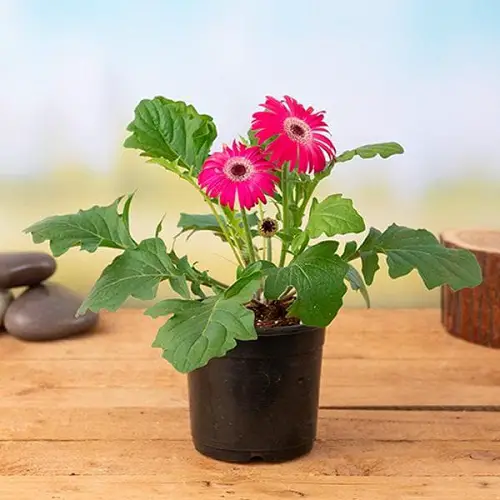We’ve got the best hands-on Tips on How to Grow Bigger Flowers in Gerbera without much work, so don’t miss out!
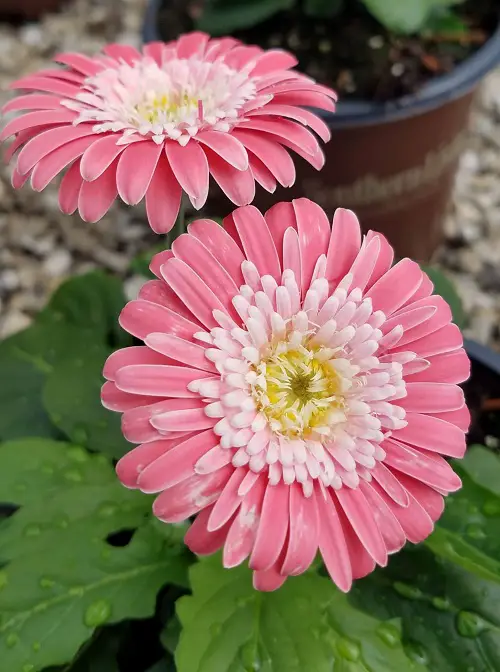
If you’re like us, you must have seen colossal Gerberas in garden centers and wished to have the same. Well, now you can. Just follow our expert Tips on How to Grow Bigger Flowers in Gerbera.
The Science Behind Bigger Flowers in Plants
There is a little science you should understand if you want bigger flowers. The flower size depends upon genetics, environmental conditions, and cultural practices. You can’t control genetics, but you can control the environment around your plants, so they grow and bloom bigger and better.
We’ve got the tips that will help you, but we advise you not to use them in excess. Larger blooms result from balance and not excessive changes, so use these tips, but don’t go overboard.
How to Grow Bigger Flowers in Gerbera
1. Pick Out Healthy Gerberas
You can’t select the genetics if you already have your own Gerberas, but if you’re just starting out, you can get good ones. Just visit the local nursery and ask for a good quality cutting. Why choose a cutting over seeds? It inherits all the same characteristics of the parent, so what you see is what you’ll get.
Find Gerbera ‘Majorette’ or Gerbera ‘Everlast’—they’re great varieties with large flowers. Gerbera jamesonii ‘Mega Revolution’ and Gerbera jamesonii ‘Jaguar’ are also good varieties.
2. Give them Plenty of Sun
Gerberas need bright light, which is indirect, so find a space in your home or garden where there are 6-8 hours of filtered sunlight and not direct. Place them near east-facing windows that get soft morning sunlight.
3. Keep an Eye on the Temperature
Gerbera plants don’t love an area that is too cold or hot. So aim for just perfect—which is a moderate temperature of 60-85°F (15-28°C).
A humidity of around 40-60% is good for Gerberas as it helps slow the transpiration rate, preventing the plant from drying out too quickly.
4. Pick the Right Growing Medium
If you want to grow big Gerbera flowers, you need to give them good soil that covers all the bases. Gather the following things and create a mix out of these for the soil.
- 1 part peat moss
- 1 part perlite or vermiculite
- 1 part well-aged compost or well rotted cow manure
- 1 part garden soil or loamy soil or your usual potting mix
5. Proper Watering
Gerbera flowers need consistent watering so the soil stays slightly moist. Remember, moist—not overly wet. Give them a deep soak and allow the water to drain out well. Then, leave them for a few days before checking again.
Only water them again if the topsoil feels a bit dry when you poke a finger in it. The best time to water is during the morning so the foliage gets dry by evening and doesn’t stay wet overnight.
6. Fertilizing Gerberas the Right Way
Pick out a potassium-rich fertilizer for larger blooms on your Gerberas. Look for an NPK ratio with a higher third number (K), like a 10-10-15 or 5-10-15. Just apply this fertilizer during the blooming period in weak doses but more frequently.
7. Deadhead Spent Blooms
If you don’t get rid of spent flowers, your plant will focus its energy on surviving them. But if you get rid of them entirely, the energy will be put into producing new blooms. And bigger ones. So get rid of spent flowers as you see them, this is the most important gerbera daisy care tip.
8. Pruning and Staking
Talking about removing spent flowers, if you see a stem that’s turning yellow or brown. Or a part of the plant that looks diseased, get rid of that too. Bigger blooms grow on healthy Gerbera plants!
Another thing you should do is staking them because the bigger flower heads tend to flop down.
9. Protect Gerberas from Pests and Diseases
This tip might seem simple, but you’ll be surprised to hear that many people don’t keep an eye out for pests. It’s really easy as well. Look out for aphids, spider mites, and whiteflies. And if you do see them, get rid of them soon.
Plus, don’t overwater your Gerbera if you want larger blooms. Too much water will cause root rot and lead to fungal diseases.
10. Overwintering Care
Gerberas are grown as perennials in hot temperatures and as annuals in cold ones. If you want to overwinter them, bring the plants indoors before the first frost hits and keep them in a well-lit area.
If you live in a warm climate, above USDA Zone 9, bring them indoors in summer to save them for hot weather.
Also, don’t give them fertilizer during this period. All the plants to rest before the active growing season comes again.
Unconventional Ways to Make Gerbera Flowers Bigger
11. Use Fulvic Acid
You should use fulvic acid on your Gerberas. Fulvic acid aids root growth and helps the roots absorb nutrients, leading to healthier Gerberas with bigger flowers. You can find many plant supplements with fulvic acid. Get one that has a concentration of 0.5-1% and feed it to the plant during the growing season. It’ll do wonders for your Gerberas!
12. Use Mycorrhizal Fungi
Don’t worry if you can’t find fulvic acid—you can always go for mycorrhizal fungi. It pairs up with the plant’s roots and helps them absorb water and nutrients better. Don’t add it blindly or at any random time.
Mix 1-2 tablespoons of mycorrhizal fungi in the growing medium when you’re planting your Gerbera or repotting them. Water it well, and wait for the results.
13. Go for Boron and Molybdenum
Boron is needed for cell division and helps the formation of the flower. Similarly, Molybdenum helps with nitrogen fixation in the soil and helps the plant maintain good growth. You can find many good soil potting mixes with boron in them. But you’ll have to add Molybdenum as a foliar spray.
Caution: Excessive amounts of boron or molybdenum can be toxic to plants, leading to reduced growth or even death. So don’t add them in excess.


